Tech enthusiasts eagerly tore through Samsung’s glitzy Galaxy S24 reveal expecting cutting-edge new features. But oddly missing was next-generation Qi2 wireless charging support popularized on rival iPhones. Instead, Samsung continues doubling down on its own proprietary magnetic AirFuel solution.
This charging coil divergence leaves us speculating whether consumers lose out on the resulting ecosystem fragmentation or simple technical growing pains prove overblown. Let’s unravel the tangled wireless charging web Samsung just weaved.
What’s New with Qi2?
First, what changes manifest in Qi2 over existing ubiquitous Qi charging? The two share wireless power transfer foundations but Qi2 appends some secondary capabilities:
- Faster charging speeds
- Magnets guiding better device alignment
- Enhanced foreign object detection
Hence why Apple branding its implementation as “MagSafe” for that satisfying magnetic snap assuring charging coils align. Following recent precedent, many insiders assumed Samsung would incorporate similar next-generation features into its premier smartphones.
Big Shoes to Qi Fill
Indeed, Samsung served pivotal roles developing the original Qi standard and its wireless power consortium. The tech giant seemingly bore responsibility advancing its brainchild technology to the next phase through wide premium device support.
Alas, the Galaxy S24 instead further deviates from Qi’s evolution despite heavy public investment in ushering along formative early stages.
Samsung Bets on Its Own AirFuel
Rather than adopt Qi2’s cutting edge, Samsung’s applying R&D resources toward its proprietary magnetic AirFuel charging format. Technically, AirFuel builds from Qi foundations but pivots specification in alternative directions from the official Qi2 path.
This leaves Samsung devices functioning with existing Qi pads but locked out of Ni2 advantages like alignment assurance and charging boosts.
A Play to Maintain Control
Pundits point towards financial motivations in Samsung’s Qi2 snub. Owning AirFuel technology means avoiding costly licensing and certification fees to utilizeQi’s publicly governed charging iterations.
It also affords Samsung complete authority dictating associated standards. But in the process, consumers seemingly surrender advantages like flexible charger choice spanning brands and assurance devices charge optimally when placing them down absent precise coil positioning.
Too Soon to Panic Over Fragmentation?
However, is condemning Samsung’s AirFuel ambitions somewhat premature before we witness tangible consumer hardware consequences? After all, existing charging pads already support Galaxy devices just fine, even if lacking Qi2 optimizations.
Perhaps AirFuel and Qi2 can coexist in harmony rather than conflict. If Samsung’s magnetic coils and software align for similarly seamless charging experiences across future accessories, greatly enhanced speeds may prove the only missing perk.
The Bigger Wireless Charging Question
Stepping back, the larger dilemma arguably persists around whether wireless charging inhibits battery technology progression. With the convenience of slipping phones onto pads, we risk diminished incentive pushing forward less wasteful and more sustainable power solutions allowing multiple day usage per charge.
That conversation deserves equal attention amidst any Qi2 controversy. Since modest charging speed discrepancies likely invoke limited consumer outrage compared to more foundational environmental considerations.
Can Charging Coils Coexist Peacefully?
When the dust settles, Samsung avoiding Qi2 may reveal itself a mere momentary drama rather than definite long-term dismay. As wireless charging continues evolving in coming years, alignment around either common standard or mutually comprehensible specs remains plausible.
But in the interim, the Galaxy S24 showcases Samsung’s confidence doubling down on proprietary directions deviating from publicly governed conventions. Let’s hope that independent spirit pays dividends through genuinely competitive technology rather than just prioritizing control.
If nothing else, it spotlights the challenge of aligning an entire industry around promised next-generation standards interweaving countless global interests and incentives. Perhaps impatient tech pundits grew overly bullish in premature Qi2 expectations upon a fragmented product landscape still actively charting its cooperative charging ambitions.

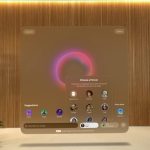




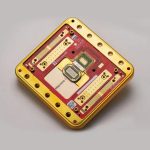
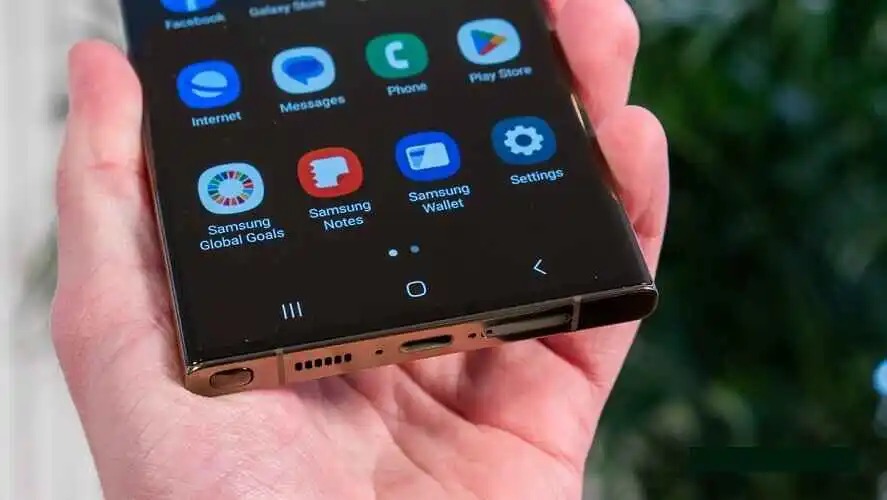
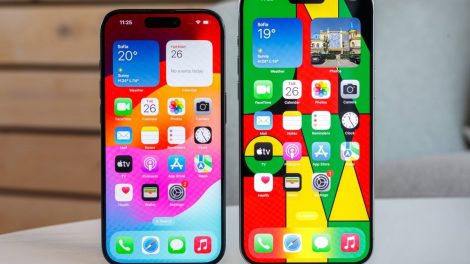
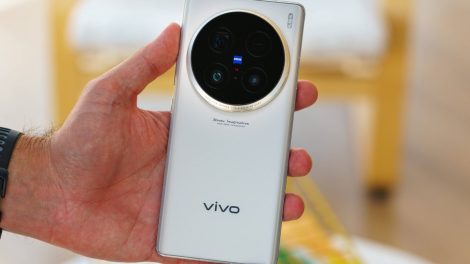
Add Comment